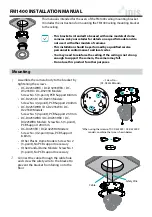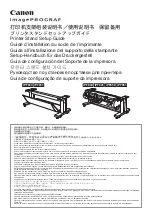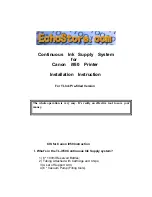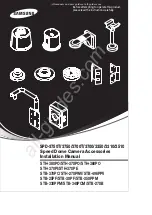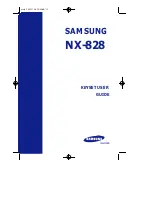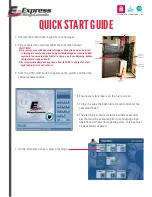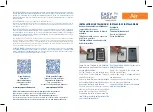
SDM-CD16D 16 Channel Digital Control Port Expansion Module
4. Installation
For correct operation the SDM-CD16D must be installed where there is no risk
of water ingress or condensation.
The order in which connections are made is critical.
Always connect 12 V first, followed by ground, then the
control ports.
CAUTION
For datalogger connections, see Table 1, below. Please refer to Figure 4 for
details of how to use the spring-loaded terminals.
TABLE 1. Datalogger to SDM-CD16D Connections
Connection Order
SDM-CD16D
CR800, CR850,
CR1000, CR7,
CR10(X), CR23X, 21X
CR3000,
CR5000
Function
First
12 V
12 V on datalogger or
external supply
12 V on datalogger or
external supply
Power
Second
C1
C2
C3
or G
C1
C2
C3
G
SDM-C1
SDM-C2
SDM-C3
Common Ground
Data
Clock
Enable
On a CR7, SDMs connect to the ports at the upper right corner
of the 700X control module.
NOTE
Multiple SDM-CD16Ds may be wired in parallel by connecting the datalogger
side of one SDM-CD16D to the next.
The transient protection of the SDM-CD16D relies on a low resistance path to
earth. Ensure that the ground return wire has as low a resistance as possible.
Where long cable runs are likely, or where lightning damage is a possibility,
the SDM-CD16D can be fitted with gas discharge tubes. Please contact
Campbell Scientific for details.
For CR7 dataloggers, the total cable length can be up to 180 m.
For our other dataloggers, the total cable length connecting
SDM-CD16Ds to SDM-CD16Ds and the datalogger should not
exceed 6 m. Total cable lengths in excess of 6m will adversely
affect communication performance.
NOTE
4.1 Controlled Device Connections
The SDM-CD16D uses spring-loaded terminal blocks, which provide quick,
vibration resistant, connections. The output terminals are labeled 1 to 16. A
common ground connector is provided between each pair of terminals.
4
Summary of Contents for SDM-CD16D
Page 4: ...This is a blank page...
Page 19: ...This is a blank page...





















